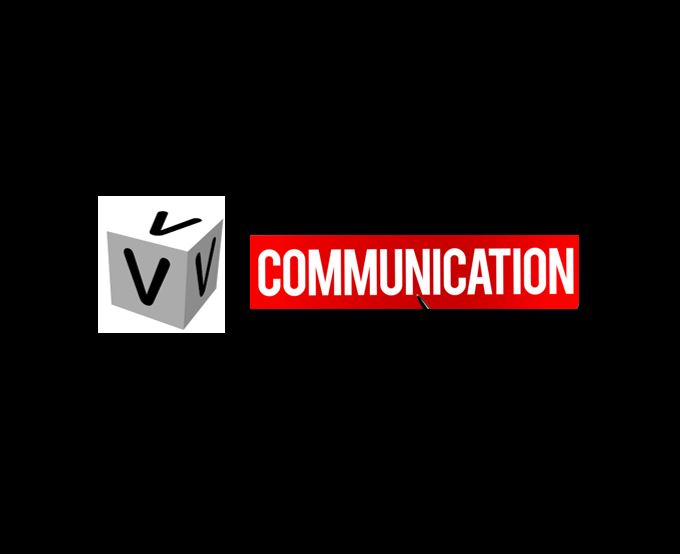Strategic management is a continuous process that draws together an entire enterprise, from senior management to work-teams, to devise and deliver a strategy to achieve that future.
The process includes a set of activities including formulating strategies, executing the strategies, and governing the strategies[1].
While the CEO must take the lead as chief strategy ambassador, oversight – or governance – is the board of directors’ role.
CEOs are expected to be the “face” for the company, communicating directly with employees, the public and investors about financial and strategic issues.
What is the board’s role in “governing” the strategic plan? And, how can CEOs engage their organization’s board of directors to facilitate effective strategy governance?
The Board’s role in strategic plan (and strategy) governance
In both nonprofit and for-profit worlds, a board should play an integral role in meeting with senior staff, including the CEO, to discuss the external environment including trends and competitive intelligence, then play a role in assessing the organization’s internal capacity, and then providing input and support for strategic goals and strategies for the organization’s future.
Board members should be engaged in the strategy process (strategic choices) but leave the operational planning to the nonprofit’s staff – the hired staff who have insights, expertise and boots-on-the-ground knowledge of the day-to-day realities of the organization.
However, an organization’s board might need to get more involved in decisions about capital structure and questions about debt and equity. In addition, takeovers, mergers, acquisitions, and any critical event that may cause external growth opportunities or pose a risk for the stakeholders are events whereby the board would need to get more involved than usual.[2]
In today’s constantly changing environment, all board members need to fully understand strategic challenges and opportunities facing their organization over the next three to five years. They need to participate in discussions about trends, market competition, and alternative strategies for the organization’s future.
Tips for engaging your board in strategy and strategic plan governance
- Board strategy conversations should be year-round – conducted routinely at board meetings – not only during the strategic planning process every few years. This should include educational sessions on external environmental issues, key trends, strategies and competitive issues, as well as internal performance trends and goal performance. This primes the board for continuous, issues-focused decision making.
- Develop a standing board committee to support the strategic planning governance process. The purpose of the board’s strategic planning committee is to help the full board engage in ongoing strategy governance – not exclusively do the board’s strategy work.
The strategic planning committee can help you plan upcoming workshops, engage the board in strategy sessions with guest speakers, and create opportunities for your board to engage in a participative process. The board’s input can also help you avoid blind spots and turn skeptical board members into active participants who understand the value of the strategy process.
- Invite your board to actively participate in team assignments to discover trends and competitive intelligence. Teams can report findings to the whole board. This creates board knowledge, buy-in, and skin in the game.
- Create board listening sessions with the organization’s diverse stakeholders. Capture insights and report these to the full board.
- Invite your board to participate in strategy and scenario, envisioning future opportunities and potential issues. Ask your board to vote on priority strategies. Then, staff further edit the strategic and operational goals.
- After the strategic plan is adopted, the board should monitor goal progress on a regular basis. I recommend a quarterly presentation be given during routine board meetings, led by the CEO and senior leadership team. The board should celebrate goal milestones and achievements as well as question the goals not yet achieved.
[1] Association of Strategic Planning Body of Knowledge 3.0. (2021). https://www.strategyassociation.org/page/BoK30.
[2] McDonald, Sean (2022). “The Role of the Board in Strategic Management.” Board Pro. https://www.boardpro.com/blog/the-role-of-the-board-in-strategic-management#:~:text=The%20Board’s%20role%20in%20strategic%20planning%20includes%20identifying%20opportunities%2C%20establishing,not%20to%20overstep%20management’s%20responsibilities.




